Planning a Buddhist temple visit in Japan? Tsubosaka-dera Temple offers an authentic spiritual experience away from crowded tourist temples. This ancient Buddhist sanctuary combines 1,300 years of Japanese history with unique Indian Buddhist art.
Tsubosaka-dera Temple is a Buddhist temple located on the mountain of Tsubosaka, which overlooks Mt. Yoshino, one of the most popular cherry blossom viewing spots in Nara. It is considered to be one of the oldest and most historically significant temples in Japan, with a history that dates back more than 1,300 years. Unlike famous temples such as Kiyomizu-dera in Kyoto or Todai-ji in Nara, Tsubosaka-dera offers an intimate Buddhist temple experience with fewer crowds but equally impressive history and architecture.
According to the temple’s “Nanhokuji Koroden”, it was originally built in the late Taiho era in 703 CE. The temple is officially named Tsubosakayama Minami Hokkeji Temple, however over the years people have become used to calling it Tsubosakadera temple. In this article, we will explore the history and significance of Tsubosaka-dera Temple, its architectural features, and the best time to enjoy this hidden gem.
Following a three-year hiatus due to stringent COVID-19 travel restrictions, Mani and I finally returned to Japan, having missed two previous opportunities to visit. Following a day of relaxation in Kyoto, we decided to venture into the outskirts of Nara. Although the cherry blossom season had recently concluded, a time renowned for its enchanting beauty, we remained thrilled about the prospect of exploring the splendid temple.
Starting from Kyoto Station, we embarked on the Kintetsu Limited Express bound for Kashiharajingu-Mae Station. Upon reaching Kashiharajingu-Mae Station, we made a transfer to the Local Yoshino train, which conveniently transported us to Tsubosakayama Station. The journey from Kyoto Station to Kashiharajingu-Mae Station typically lasts around an hour, whereas the Tsubosakayama Station is just a brief 10-minute ride away from Kashiharajingu-Mae Station.
From Tsubosakayama Station, you can either take a cab to the temple or wait for the local bus. The buses are at wide intervals, so we walked down to the local mall nearby. After a quick lunch from a sushi box, we walked back to the station to find the bus already waiting. Apart from us, there were hardly any passengers on the bus. Once we started from the station, it took us around 15 minutes to reach the temple parking lot.
Why Visit Tsubosaka-dera Temple: A Hidden Buddhist Gem in Japan
Tsubosaka-dera Temple was founded in the early 8th century by the monk Benki Shonin, a monk of Gango-ji Temple, who is known for his role in spreading Buddhism throughout Japan during the Nara period.
The temple was originally named Tsubokokubun-ji and was dedicated to Yakushi Nyorai, the Buddha of healing. Over time, the temple became known as Tsubosaka-dera and became associated with Kannon, the bodhisattva of compassion, who is now enshrined there. It is also called Minami (south) Hokke-ji Temple, while Kiyomizu-dera Temple is known as Kita (north) Hokke-ji Temple. During the Heian period, it was listed as a fixed temple along with Hase-dera (847), and the Heian aristocrats often visited the temple.
Sadaijin Fujiwara no Michinaga (966 – January 3, 1028), whose son is credited with building Byodo-in Temple in 1052 stayed at this temple on his way to visit Yoshino in 1007 CE.
During the Heian period, Tsubosaka-dera Temple was an important center of Buddhist learning and scholarship. Many prominent scholars and monks studied and taught at the temple, and it was renowned for its extensive library and collection of Buddhist scriptures.
In the 12th century, Tsubosaka-dera Temple was severely damaged by fire and had to be rebuilt. Tsubosaka-ji Temple also declined with the downfall of the Ochi clan (12th – 14th centuries), which had been protected at that time, as it was involved in the upheavals of the Northern and Southern Courts and the Sengoku period. The temple was restored several times over the centuries, with major renovations taking place in the 17th and 19th centuries. Many roof tiles from the time of the Fujiwara Palace have been excavated from the precincts. At its height, there were thirty- six halls and sixty-odd temples on the mountain, but only a three-storied pagoda and a few temples remain in the precincts today.
Daikodo (Lecture Hall)
The lecture hall has traditionally been one of the seven structures on the grounds of Buddhist temples in Japan. It is one of the main structures on the compound of a Buddhist temple, in which sutras are read, Buddhist doctrines taught, and rituals performed.
The Hina dolls are not dolls people play with, but very elaborate, decorative dolls depicting members of ancient Japanese society. Hina dolls, also known as Hina-ningyo, are traditional Japanese dolls that hold great cultural significance. They are typically displayed during the annual festival called Hinamatsuri or Girls’ Day, which takes place on March 3rd.
Hina dolls, meticulously crafted representations of the Japanese imperial court during the Heian period, serve as potent symbols of good luck and protective talismans for young girls. These dolls, typically constructed from wood, are adorned in exquisitely detailed silk costumes that meticulously replicate the traditional attire worn by members of the court.
The intricate artistry and historical significance imbued within each doll make them cherished heirlooms, displayed annually during Hinamatsuri, or Girl’s Day, celebrated on March 3rd. This tradition is meant to ensure the health, happiness, and prosperous future of the young women within the family.
The lecture hall houses a selection of ancient Indian artifacts, prominently featuring two rock-cut Buddha heads. The sculpture on the left is a product of the Gupta period, dating to the 5th or 6th century CE, showcasing the refined artistic style characteristic of that era. Adjacent to it is a Buddha head originating from Mathura, a significant center of early Buddhist art, and crafted during the 7th or 8th century. These pieces offer a tangible glimpse into the diverse styles and chronological progression of Buddhist sculpture in ancient India.
Below them are two bas-reliefs of Shiva. The one on the left looks very much like Buddha and the right one is a depiction of Shiva with his consort Parvati.
Leaving the lecture hall, we ascended the hill towards the higher reaches of the temple grounds, where numerous stone lanterns, or Ishidōrō, were placed. These lanterns are integral to the visual appeal and symbolic meaning of Japanese temples. Functionally, they provide illumination for evening visitors, but more importantly, they represent the enlightenment of the spiritual journey. The gentle light emitted is intended to guide practitioners along their path to understanding and inner peace.
Even though we didn’t come expecting to see any cherry blossom, we were greeted by some Yae-Zakura. Yaezakura, which means “multi-layered cherry blossom,” is used to refer to all cherry blossoms with more than five petals. These flowers bloom a little late in mid-to-late April. The Yaezakura have petals that range from light to dark pink.
Because of the double layers of petals, they’re known as a symbol of strength in comparison to the delicate “Somei Yoshino“. The normal type of one-layer sakura tends to be fragile and easily blown away by strong wind or rain.
The mix of Japanese and Indian styles makes this temple unique. There are several Indian-style stone Buddhas and bas-relief carvings in white stone. These were presented by the Indian government as a gesture of thanks for the temple’s work.
To the left of the stone Buddha idol, you can find the Chōzu-ya. The Chōzu-ya is a water pavilion for ceremonial purification. It is a designated area within the temple grounds where visitors can perform the act of cleansing before entering the sacred spaces. The Chōzu-ya typically consists of a stone basin, known as a Tsukubai, filled with water. Visitors use a long-handled ladle to pour water over their hands and rinse their mouths as a symbolic act of purifying themselves before engaging in religious activities or paying respects to the deity.
This is an important place to purify one’s mind and body before approaching the main shrine and conversing with the gods to symbolize this people wash their hands and mouth in a small personal purification ritual before going further into the shrine. The act of purification is considered essential in Japanese religious and cultural practices, emphasizing the importance of physical and spiritual cleanliness. The Chōzu-ya serves as a peaceful and contemplative space for individuals to prepare themselves spiritually and mentally before entering the sacred precincts of the temple.
Taho-to Pagoda
We kept walking towards the left to reach the Tohoto Pagoda. Tsubosaka-dera Temple is known for its distinctive architectural style, which blends elements of both Japanese and Chinese Buddhist architecture. The temple complex consists of several buildings, including a main hall, a pagoda, a bell tower, and a number of smaller structures.
The Tahoto Pagoda is an exquisite example of Japanese architecture, featuring intricate wooden carvings, elaborate roof decorations, and ornate details. It is unique among pagodas because it has an even number of stories (two). Its name alludes to Tahō Nyorai, who appears seated in a many-jeweled pagoda in the eleventh chapter of the Lotus Sutra. With square lower and cylindrical upper parts, a mokoshi “skirt roof”, a pyramidal roof, and a finial. After the Heian period, the construction of pagodas in general declined, and new tahōtō became rare.
According to the Hoke-kyo (Lotus Sutra), when Shaka Buddha was preaching, the ground cracked open and a stupa appeared from below. From inside the stupa, a voice emanated saying “Wonderful, wonderful, Sakyamuni Buddha. Your sermon is the truth.” That was Taho Nyorai (the Buddha of the Past) proclaiming the truth of Shaka’s words. Hence, traditionally the temples which practice the chanting of the Lotus Sutra build Tahoto pagodas.
Kanjo-do Hall
Just beside the Tahoto Pagoda lies the Kanjo-do Hall. It is built in irimoya-zukuri style (a hip-and-gable roof construction, or a building with this roof construction) and hongawarabuki (tile roofing in which round and square tiles are laid down alternately). An irimoya style roof is composed of a kirizuma-zukuri style roof in its upper part (which inclines backward and forward when viewed from the longer side of the roof) and a yosemune-zukuri style roof in the lower part (which inclines in each of the four sides of a rectangular house). This roof style was introduced in medieval Japan from China at the same time as Buddhism in the mid-6th century.
The Kanjo-do Hall housed several historically significant wooden idols, though photography of these artifacts was strictly prohibited, likely to preserve their delicate condition and prevent damage from flash photography. Leaving the hall, visitors encounter a contrasting sight: a monumental stone statue of Kannon, the bodhisattva of compassion. This imposing figure, located just outside the hall, provides a different perspective on Buddhist art and devotion, contrasting with the older, more fragile wooden sculptures within.
Couples Kannon
Juichimen Kannon (ekadaza mukha in Sanskrit) is one of the venerable entities of Bosatsu This is also a Kannon that was brought over from India to commemorate the 350th anniversary of the founding of Sawa City and the 50th anniversary of the establishment of a nursing home for the elderly. This stone idol was commenced in 2011.
In front of the Kannon lies a flat circular platform. Several visitors were standing on this power stone bare-naked foot and asking for Kannon’s power and blessing. The power stone contains green malachite, which is said to improve eyesight and ward off evil, and blue is lapis lazuli, which is said to improve health and improve brain clarity.
The pedestal for praying to this Kannon is made of power stone. If you look closely, you can see the seams. It is also called Daikofusho Kannon, and it is said that the 10 faces on the front, back, left, and right among the 11 faces on the head show Jicchi (ten stages) while the topmost Butsumen (the head of a Buddha) shows nirvana. It is said that this shows the pious act of cutting away 11 kinds of ignorance and the earthly desires of living things opening the path to nirvana.
Sanju-do Pagoda
The pagoda at Tsubosaka-dera Temple is also an impressive structure. It is a three-story tower with a hexagonal base and is said to be one of the oldest surviving pagodas in Japan. It was rebuilt in 1479 in the Muromachi period. It is designated as a “National Important Cultural Property”.
Hakkakuen-do (Octagonal Hall)
When most people think of Hakkakuen-do, they think of the Yumedono Hall of Horyu-ji Temple. Yumedono was built by a monk named Yukinobu in 739 CE. The octagonal hall of Horyu-ji Temple was the mausoleum of Prince Shotoku, and Yukinobu built Yumedono to comfort Prince Shotoku’s spirit. Benki, who is said to be the founder of Tsubosaka Temple, may have had the same motive as Yukinobu when he built the octagonal hall.
Another octagonal building that comes to mind is the North Round Hall of Kofuku-ji Temple, which was proposed by Emperor Gensho as a mausoleum for Fujiwara no Fuhito. There is no other way to think that the Octagonal Hall of Tsubosaka Temple was built by Benki to mourn for the spirit of Emperor Jito.
As you enter the hall, you will find hundreds of hina dolls lined up. Tsubosaka-dera holds an event called “Dai-hina Mandala” every year during the Hinamatsuri, in which many Hina dolls are displayed around the statue of Buddha.
The temple grounds feature a stunning display of over 3,500 Hina dolls, a traditional Japanese figure representing the Imperial Court. Central to this exhibit is the Raido, designated as an important cultural property of Japan. Within the Raido, approximately 2,300 of the dolls are meticulously arranged on tiered platforms surrounding the statue of Dainichi Nyorai, a principal Buddha in esoteric Buddhism. This concentration of dolls within the Raido highlights its cultural significance and offers a particularly impressive visual experience for visitors.
The dolls depict the Emperor, Empress, court attendants, musicians, merchants, their wives, lords and ladies, wizards and wise teachers, girls and boys, men drinking sake in an izakaya, etc., all dressed in the traditional court dress of the Heian period. Tsubosaka Temple’s “Dai-hina Mandala” remains open to the public until the 18th of April.
Hina dolls are cherished, handcrafted objects often passed down through families as treasured heirlooms. Their significance lies not only in their artistic value, but also in their connection to cultural heritage. Due to their delicate nature and cultural importance, these dolls are not permanently exhibited. Instead, their display is carefully managed, typically occurring only once or twice annually as determined by the overseeing temple authorities, ensuring their preservation and honoring their special status.
When inside the Octagonal hall, remember to follow the guided path indicated by arrows. You’ll end up walking around the sacred statue 3 times (clockwise direction), the last round will see you out of the building to witness the beauty of the mountain.
Rei-do (worship hall)
The Reido Hall was built around 1103 CE and again rebuilt before the middle of the Muromachi period (1336 -1392). The main focal point of the temple is the eleven-faced Kannon Bosatsu Zazo, a seated statue of Kannon. This revered Gohonzon stands at an impressive height of 3 meters, making it quite imposing when viewed up close.
The statue portrays Kannon seated on a lotus throne with its forty hands gracefully extended. Originally constructed during the Muromachi period, the current idol replaced the previous Thousand-armed Kannon that resided there. Made with oak marquetry, this masterpiece holds significant cultural and historical value. The Kannon enshrined in this temple is widely worshipped as the “Buddha of the eyes.” It has garnered national treasure status in Japan, representing one of the finest examples of early Buddhist sculpture in the country. While rare, there are occasions when visitors are allowed to touch this revered statue.
According to legend, the temple was built on a sacred site. In ancient Japan, a monk was in the midst of prayer when he noticed a bluish light outside his room. Upon investigation, the light was emitting from the ground. He dug that location and uncovered a statue of Senju Kannon (Thousand Arm Avalokitesvara)
Many years later after the story of the Buddha statue and of monk Benki’s healing skills had spread and grown popular, he was summoned to the Imperial Palace by Emperor Gensho, who founded Heijo-kyo in Nara. The Empress was suffering from an eye disease. Benki cured the Empress of an eye ailment. She rewarded him by financially supporting him in building Tsubosaka Temple and also enshrining the Senju Kannon in the Hakkakuen-do in 717. Subsequently, this temple became renowned for curing eye ailments.
Within the room, you can find a number of additional idols. Behind a glass wall, a pair of bronze statues caught my attention, conveying a sense of antiquity and value. Positioned slightly behind the main Kannon, I observed a distinct variant of Kannon. While I am unsure of its specific narrative at the moment, I will make sure to provide an update to this post once I gather more information.
After capturing some shots of the main hall, we hiked up the hill towards the Grand Stone Statue of Avalokiteshvara brought from India. On the way, we noticed some devilish oni statues. One of them holding out 2 fingers in a sign of peace.
This majestic Kannon is the largest stone statue in the world, standing tranquilly on the mountaintop. The mudra or hand gesture in this image is known as Karana Mudra. It means subduing evil forces!
Placed before it you can also see the stone statue of Buddha in Nirvana, also brought from India. The garden area is paved with fine-grained gravel.
By the way, the size of the Great Buddha in Nara is 14.98m in height and the base is 3.05m, so the total is 18m. The Daikannon of Tsubosaka Temple is even bigger! The huge statues were created by thousands of Indian stonemasons, and sent to Japan in pieces. The pieces were then assembled on location at this mountain. Some of the stone used to create the Buddha statues dates back millions of years.
The statue of Shaka Nyorai Dainirvana is 8 meters long. it presents a beautiful view of the Yamato Basin making Tsubosaka a memorable and grand place to visit.
Did you know: The nighttime illumination of the Tenjikutorai Daikannon stone figure located on the temple grounds is fully using solar panels installed at the site.
Tsubosaka Temple is in the mountains, so it is rich in nature. You can enjoy all four seasons, with yamabuki and cherry blossoms in spring, lavender in summer, and autumn leaves in autumn. The mountain scenery is beautiful too.
Myths relating to Tsubosaka-dera
There is a Bunraku story called Tsubosaka Reigenki. According to this story, a blind man, Sawaichi, found out his wife, Osato, went to Tsubosaka-dera Temple every day to pray for a cure for his blindness. Sadly, Sawaichi suffered from depression and tried to commit suicide by throwing himself off the edge of the temple. His wife lept after him. However, the Kannon of Tsubosaka-dera Temple saved them and Sawaichi regained his sight.
There are no souvenir shops nearby, so maybe this is not a tourist spot, but it is certainly a big temple if you compare it to the other temples of the Saigoku Pilgrimage.
At Tsubosaka Temple, you can also enjoy viewing the cherry blossoms at night during this period.
The cherry blossoms that cover the temple grounds and large stone Buddha statues are lit up, creating a magical beauty that is different from the daytime.
Complete Travel Itinerary: Kyoto to Tsubosaka-dera
From Shin-Osaka Station: take the subway to Tennoji Station (about 20 minutes), then walk to Kintetsu Osaka Abenobashi Station (just across the street from Tennoji) and take a limited express train to Tsubosakayama Station (about 40 minutes).
From Kintetsu Kyoto Station: take a limited express train to Kashiharajingu-mae Station, then change to Tsubosakayama Station (about 70 minutes).
Tsubosakadera Temple is 10 minutes by taxi from the Kintetsu Tsubosakayama Station.
Opening hours : 8:30 to 17:00
Adults: ¥600
Children: ¥100
5 years and under: free
late March to early April
18th of every month except for February and June: Kannon fair
August 18: Segaki-e (hungry ghosts’ feeding rites)
March 25th (Sat) to April 9th (Sun), 2023
*Subject to change depending on the cherry blossom season
Viewing hours during illumination:
Gate opening time during the light-up period: 7:30-20:00
Lighting time during the light-up period) 18:00-20:00
Disclaimer: The information presented in this article is based on the time I visited the premises. Note that there might be changes in the prices of merchandise and admission fees that might have occurred after this article was published. At times the facility might also be closed for repairs or for variety of other reasons. Kindly contact the facility or facilities mentioned in this article directly before visiting.
Usage of this site indicates acceptance of my Terms and Conditions.
Credits: The historical information presented herein is gathered mostly from local guides that were re-inforced via historical writings.
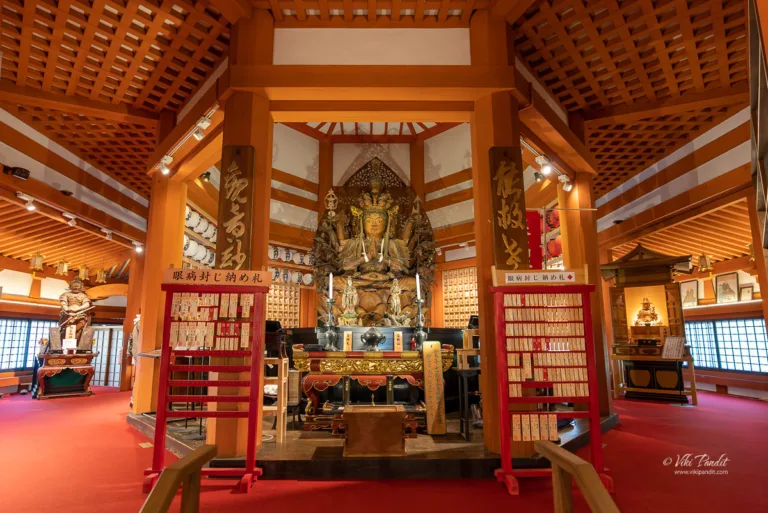

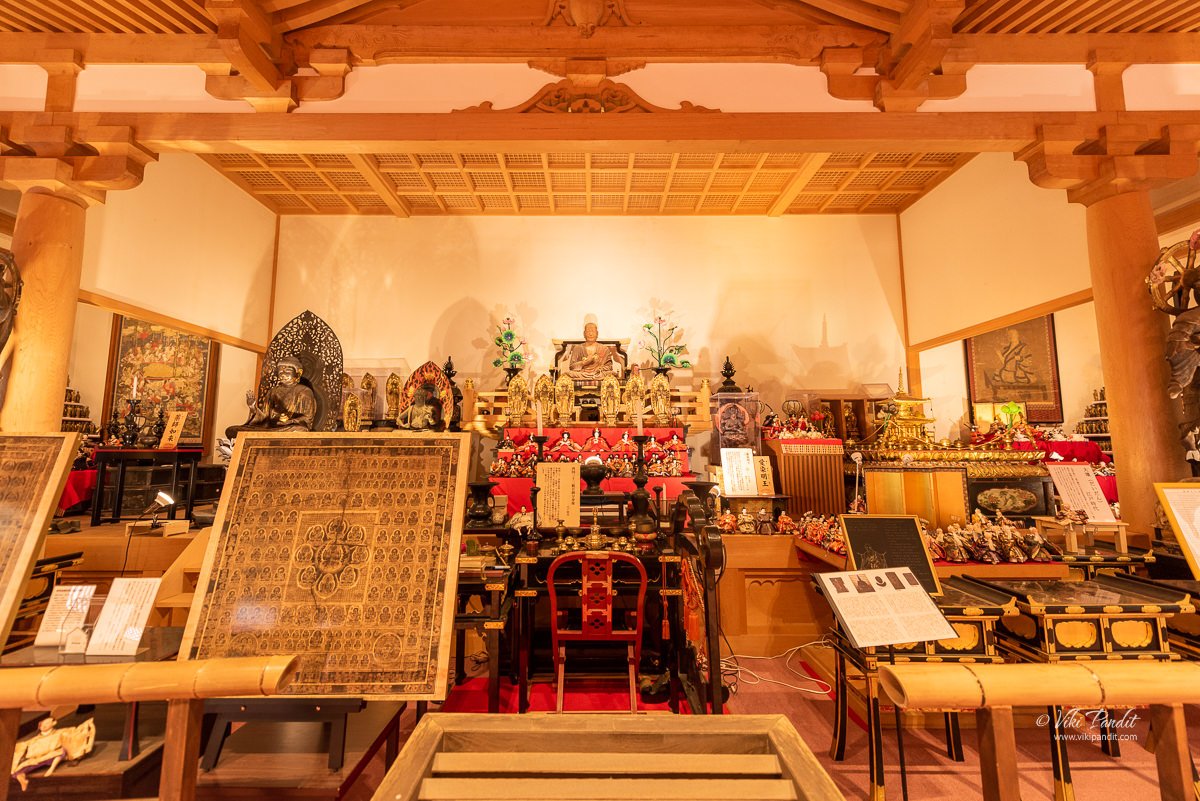

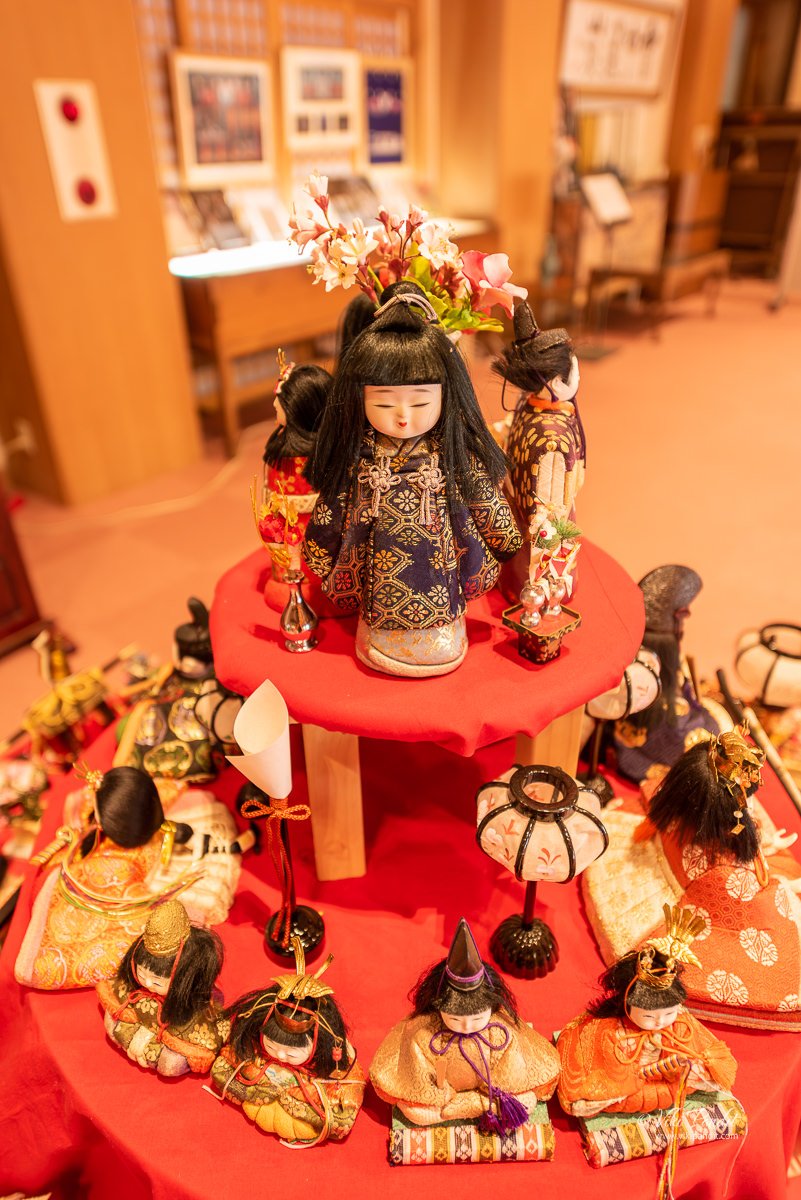


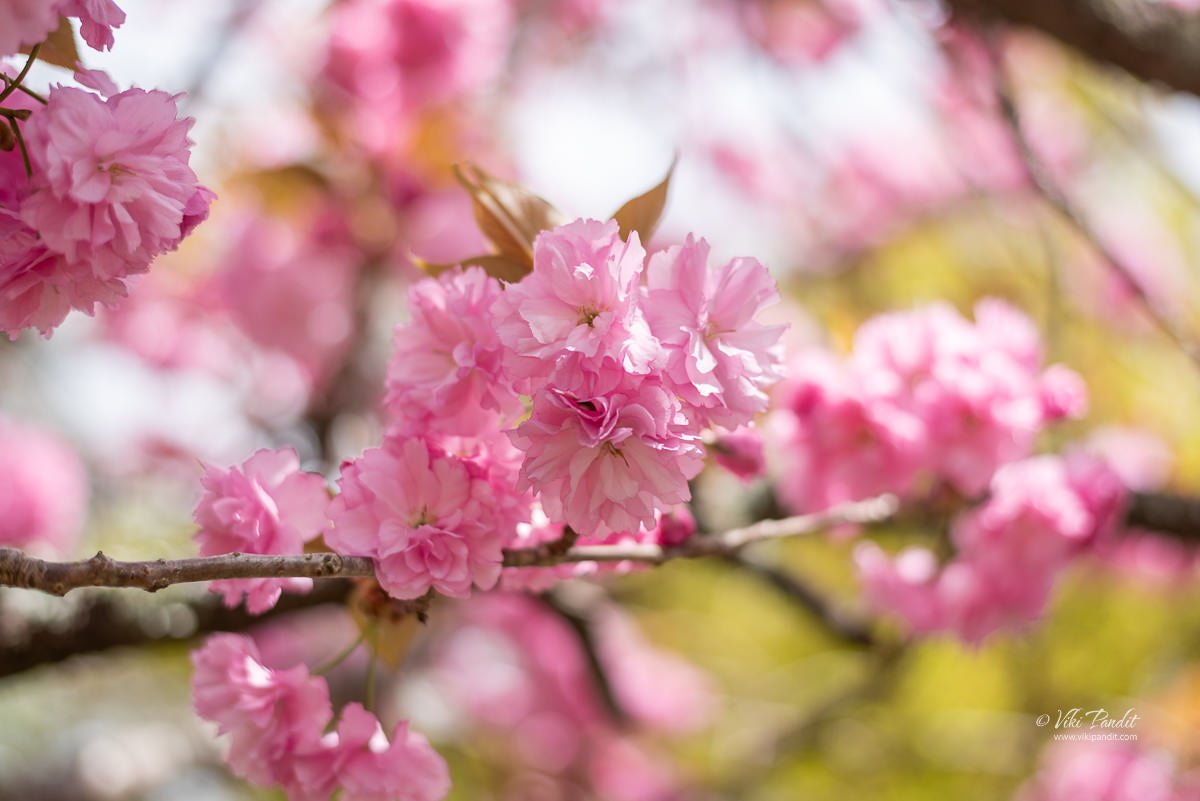



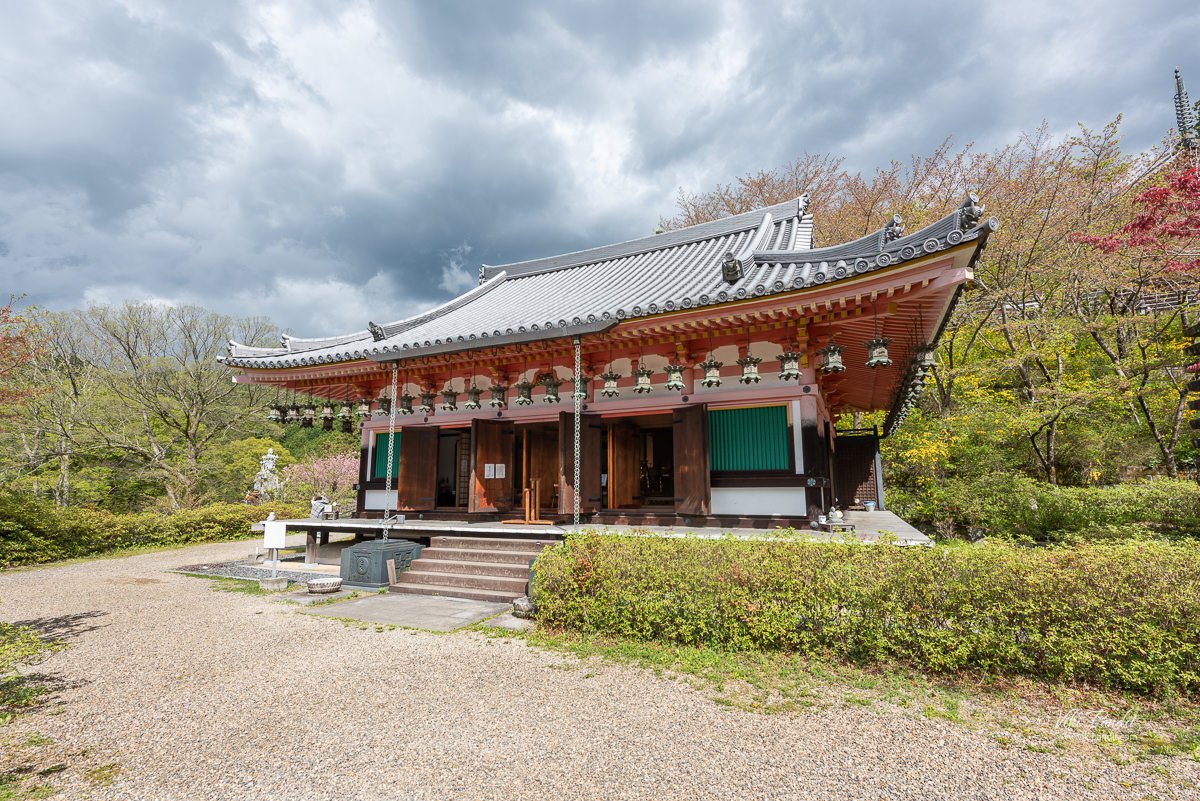

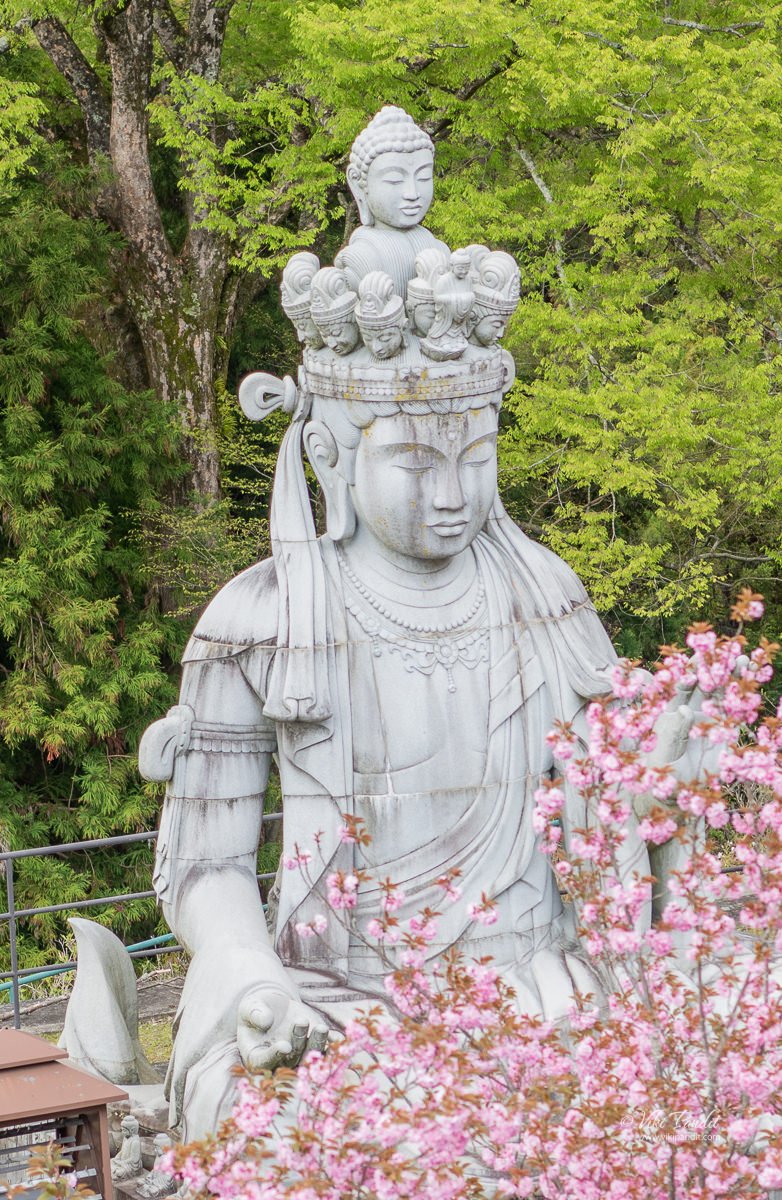



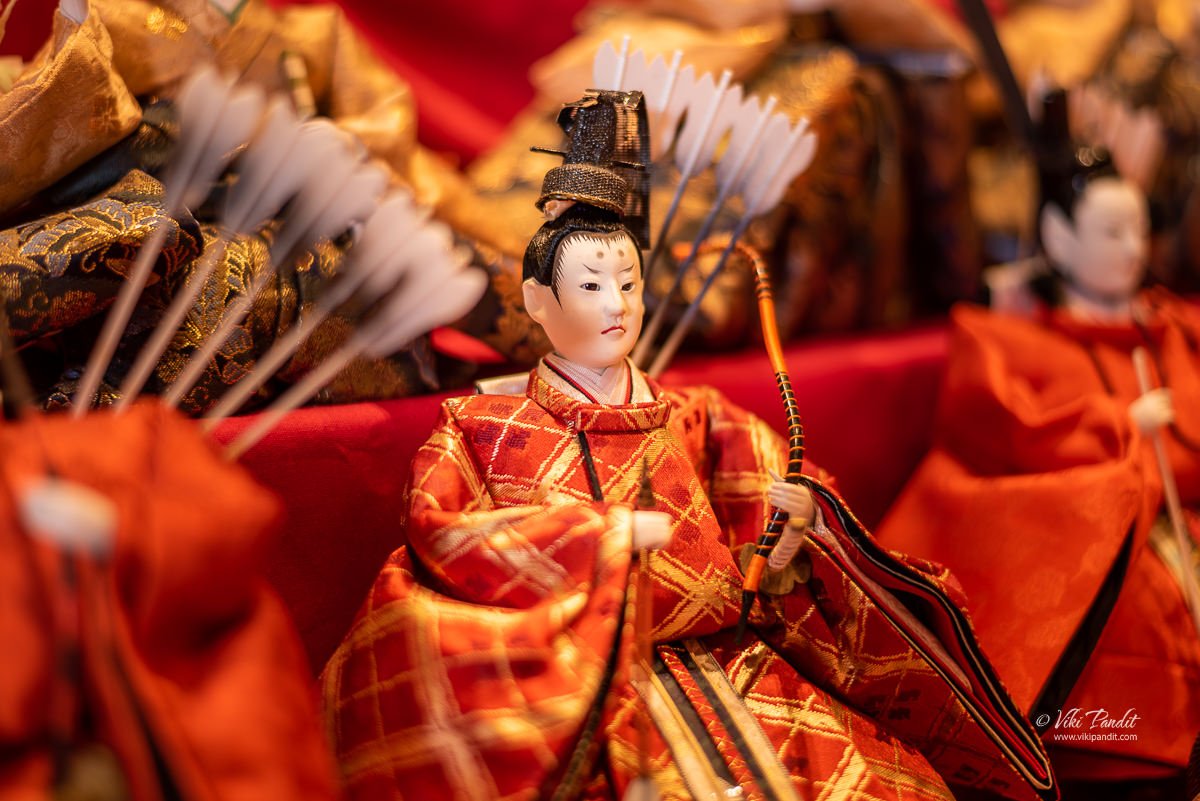
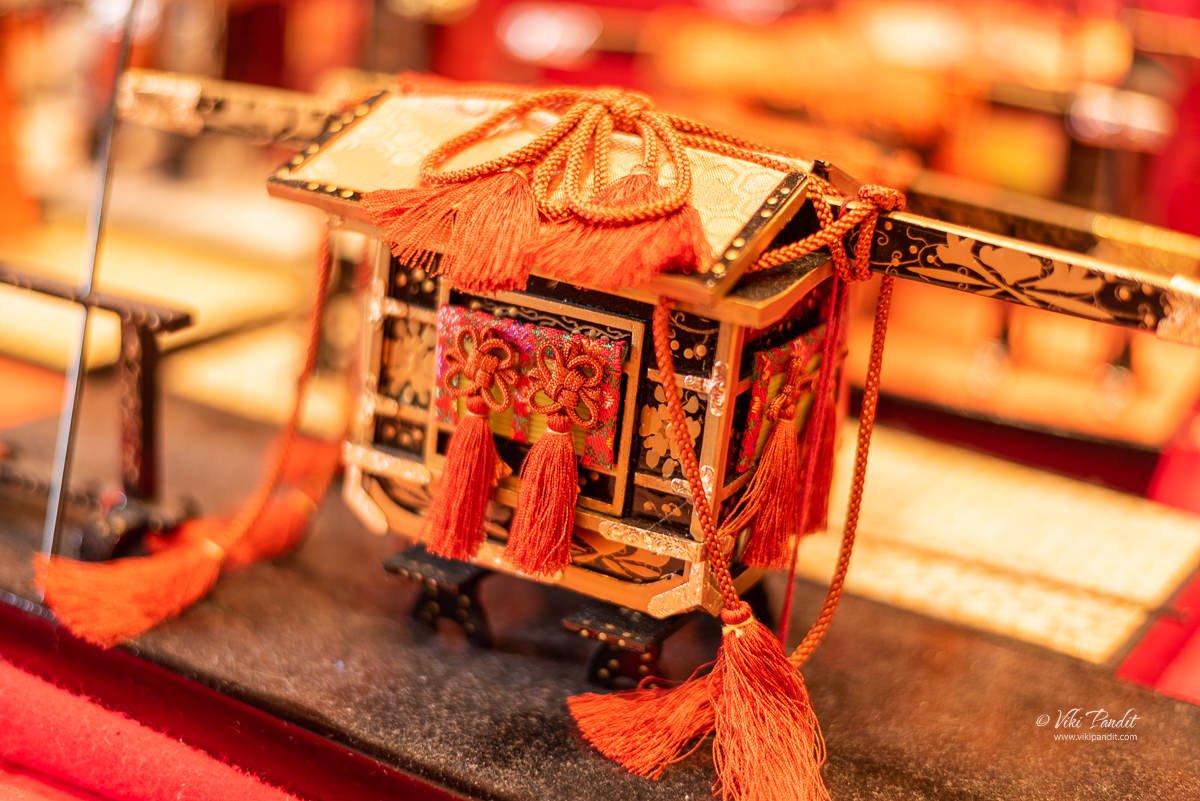
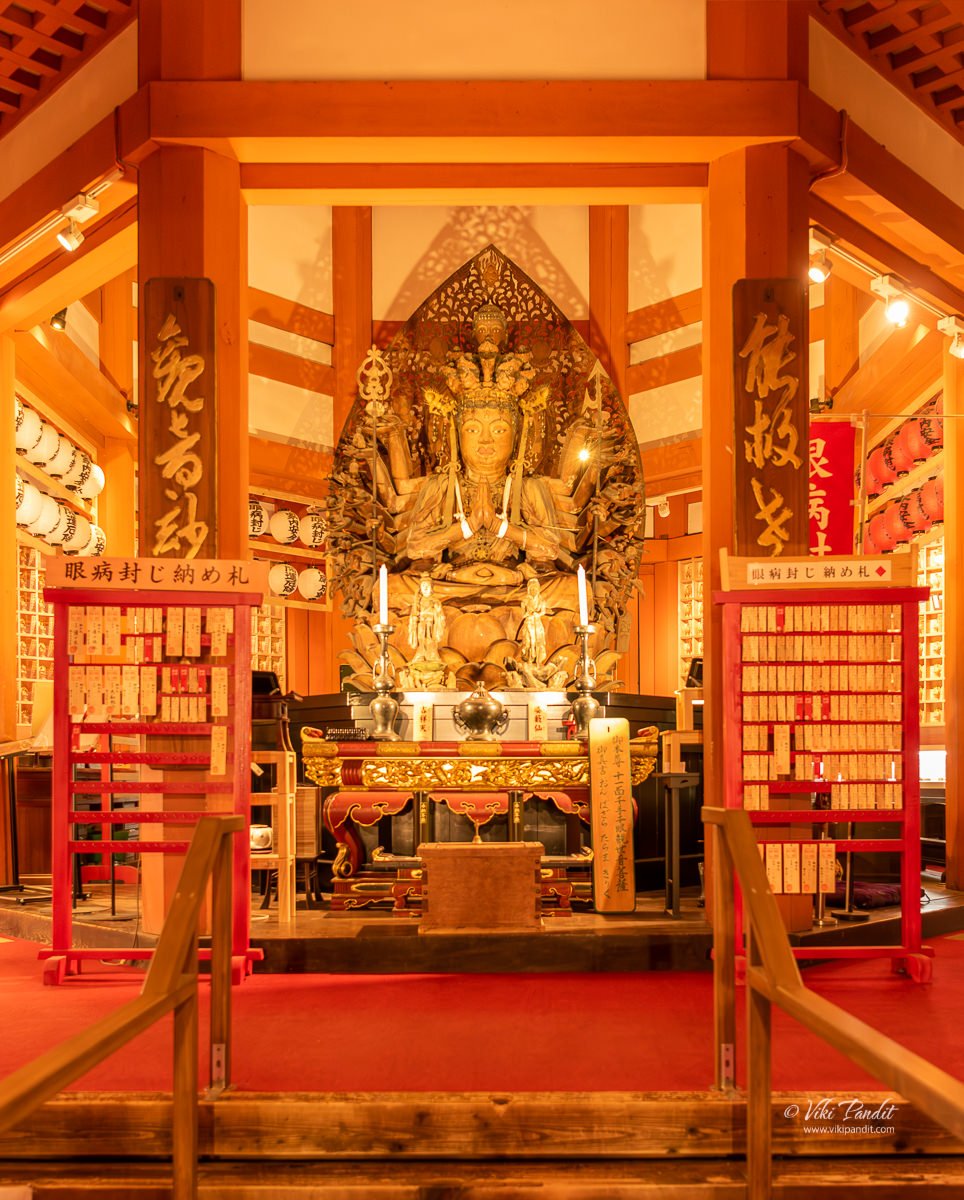
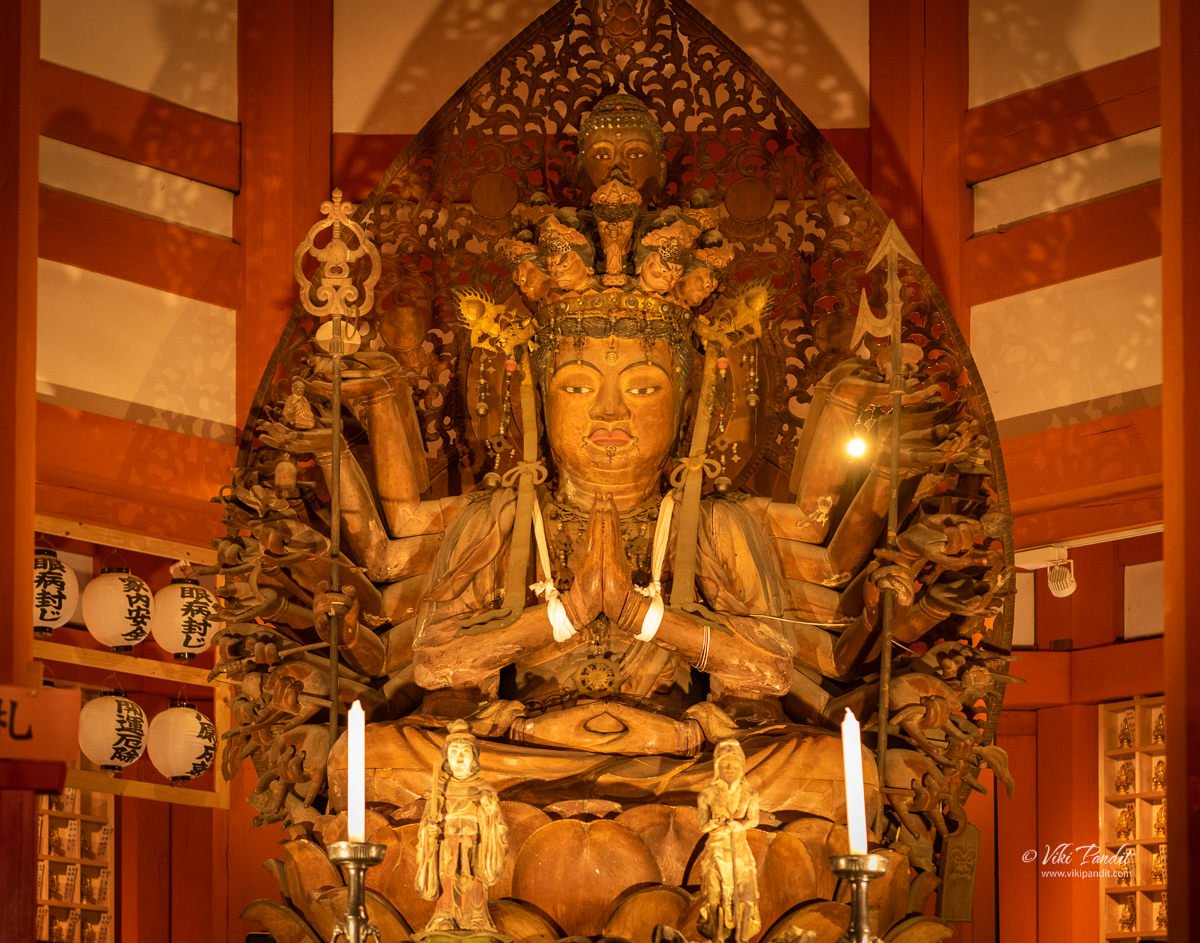


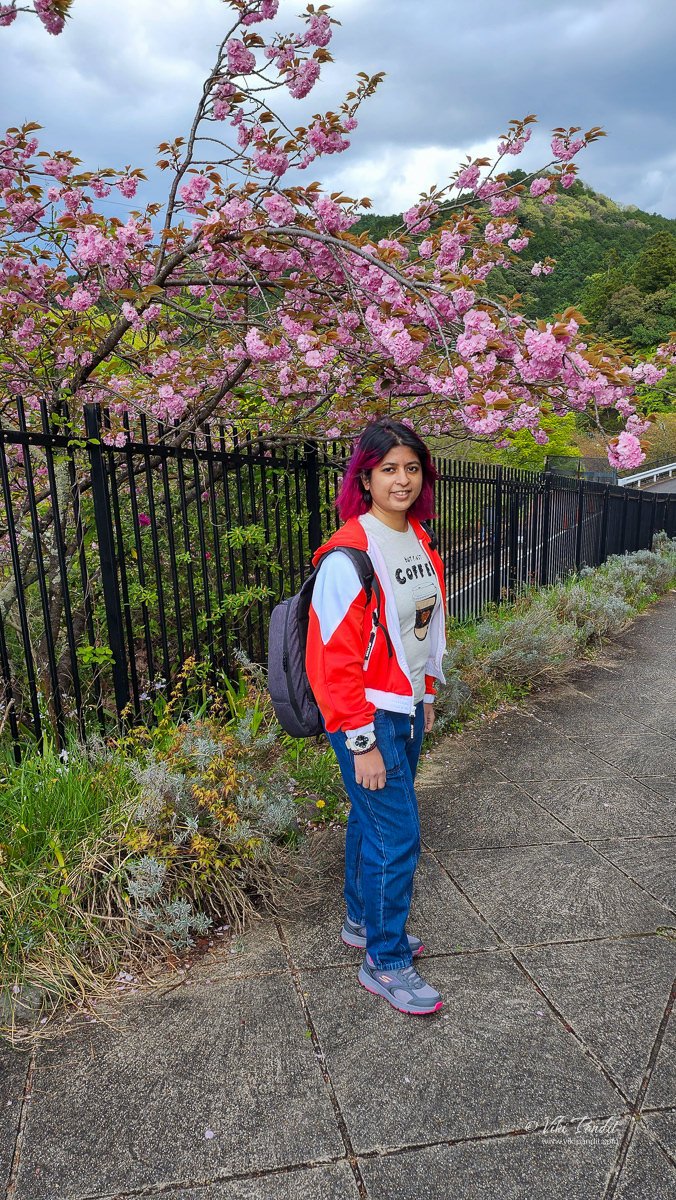


Join the conversation
I’d love to hear your thoughts and experiences. Share your comments, questions, or feedback.
Your voice makes this discussion richer and more meaningful. Whether you have insights to share, questions to ask, or simply want to connect, your contribution is invaluable. Let’s create a space where ideas flow freely and everyone feels welcome to participate.